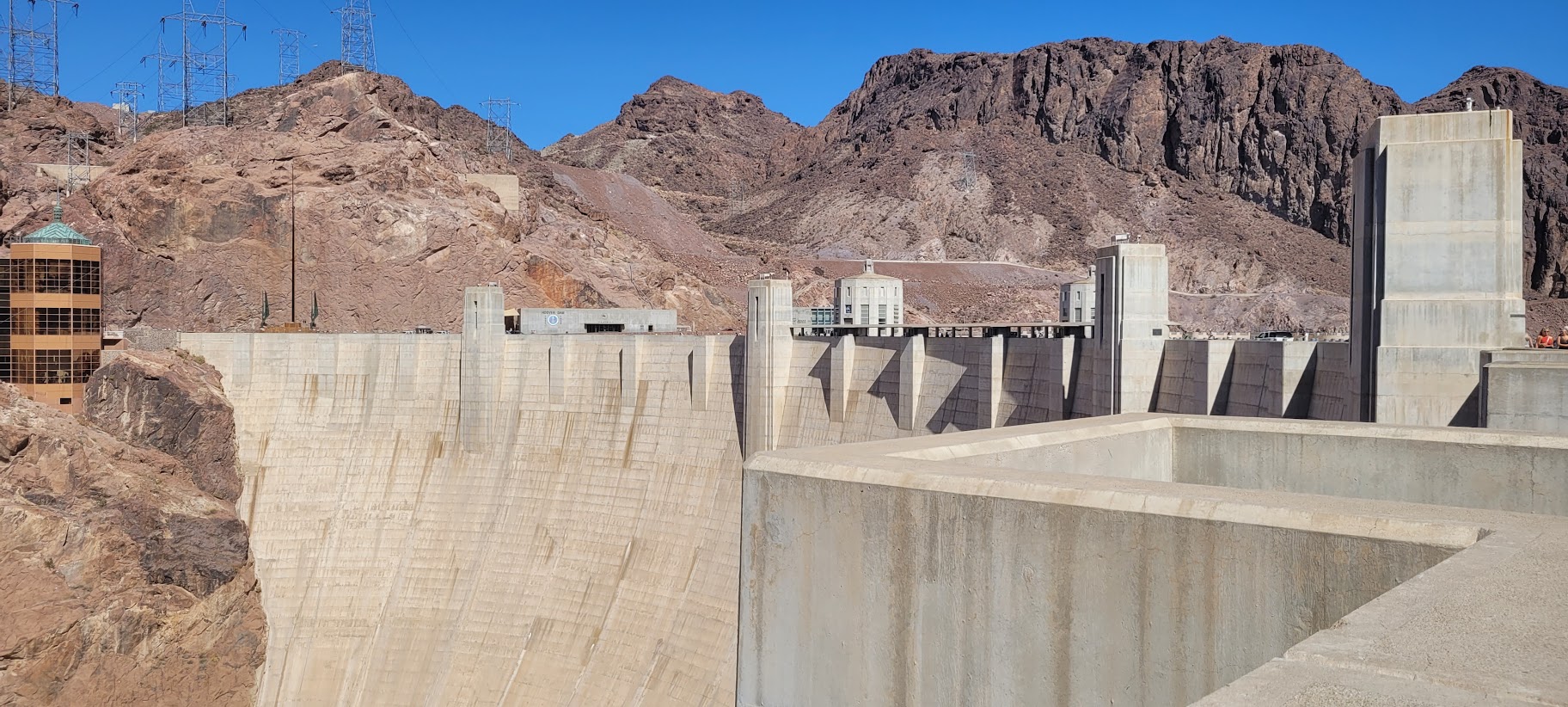The Hoover Dam is a remarkable engineering feat with a rich history, and there are several unusual and lesser-known facts about it that add to its intrigue: While known for its engineering, the Hoover Dam is adorned with striking Art Deco sculptures and bas-reliefs that highlight the era’s cultural and historical significance. These include sculptures of workers, winged angels, and the “Winged Figures of the Republic.” The concrete used to construct the dam was poured in massive blocks, and engineers had to use a refrigeration system to cool the concrete as it cured. Without this innovation, the concrete could have taken more than a century to cool naturally. To ensure the concrete did not overheat during the curing process, engineers used approximately 582 miles (937 kilometers) of cooling pipes circulating ice water through the concrete. This helped control the temperature within the massive blocks. The cooling system used during construction was essentially a network of large refrigeration units. These units were responsible for maintaining the ideal temperature for curing the concrete. At the time, this was one of the largest refrigeration systems in the world.
The Hoover Dam is built to withstand earthquakes. Engineers designed it with a curve that allows the dam to flex during seismic activity without cracking. This flexibility helps prevent damage in the event of an earthquake. During construction, a small city called “Ragtown” emerged on the Nevada side of the Colorado River to house the workers. After the dam was completed, Ragtown was dismantled, and today, all that remains are some remnants of its foundations. Building the Hoover Dam was a perilous endeavor, and sadly, many lives were lost during its construction. The exact number of fatalities remains a subject of debate, with official records reporting around 96 worker deaths, although some estimates suggest the number may be higher.
Another unique fact it straddles the border between Nevada and Arizona. Interestingly, the dam itself operates on Pacific Time (Nevada time), while the Arizona side follows Mountain Time, creating a time zone boundary that runs right through the middle of the dam.When the Hoover Dam was built, several small towns in the area were submerged under Lake Mead’s rising waters. St. Thomas, Nevada, was one such town, and after being underwater for many years, it briefly reemerged during a drought in 2002. We visited this washed away ghost town.


